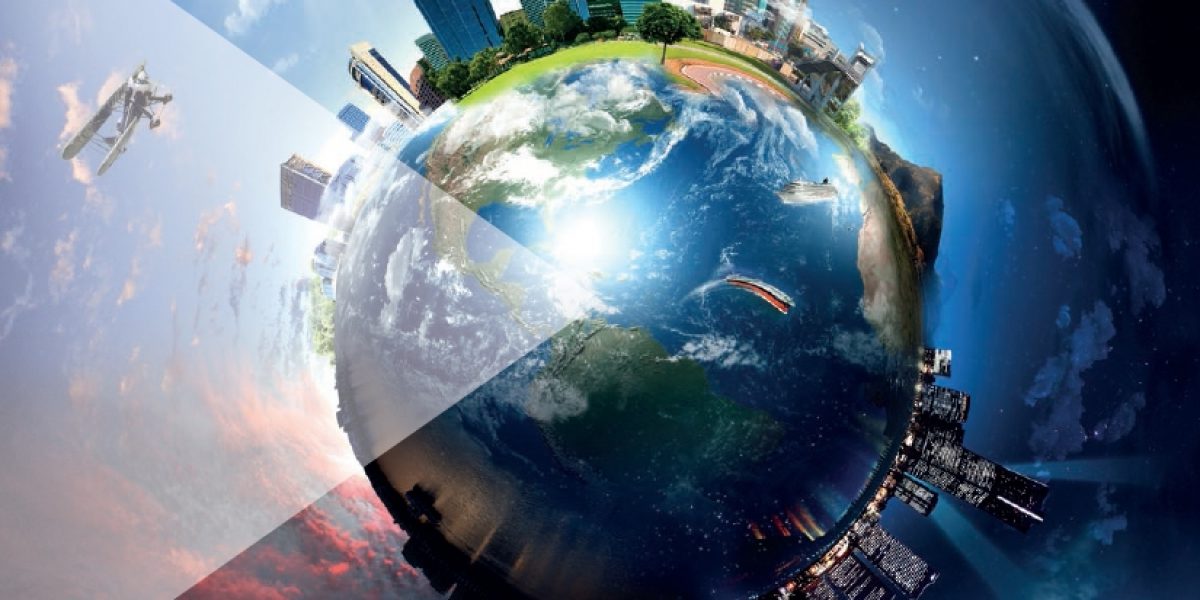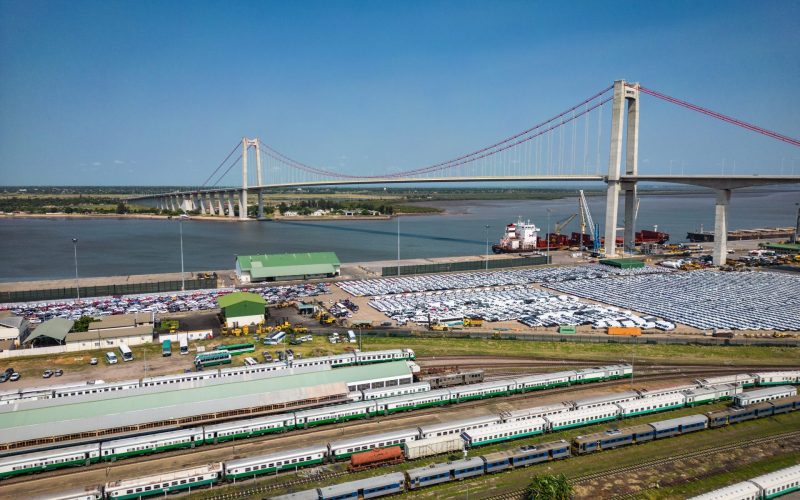Two contradictory trends are at work in the global economy. First, some economic crisis policy responses promote divergence, particularly the threat of a protectionist spiral and consequent disintegration, throwing the World Trade Organisation’s (WTO) centrality to the trading system into sharp relief.
Second, globalisation through multinational corporations’ production networks continues apace. This promotes convergence and integration. The global value chains they operate have become the world economy’s backbone. The importance of global value chains is reflected in the rising trade in intermediate inputs, which now represent more than half of Organisation for Economic Co-operation and Development imports and nearly 75% of the imports of large developing economies, such as China and Brazil. Imported inputs also account for a significant chunk of exports. Products at different stages of value added may be imported and re-exported multiple times, increasing the size of reported exports and imports relative to global and national value added.
In advanced countries, this effect is reinforced by the fact that imports can contain inputs – including intellectual property, brand development, etc – originally sourced at home; in developing countries, imports of components and machines are crucial vehicles for absorption of technologies.
So governments need to recognise that exports are only part of the development story. And policy makers need a better appreciation of how the economy fits into global value chains. Failure to do so can lead to inaccurate policy conclusions about bilateral trade imbalances and to underestimating the cost of protection and the importance of bilateral or regional trading relationships.
In the next decade, the underlying cost structures driving the location of global value chains could change dramatically. Overall, these cost pressures promote reductions in the “length” of value chains.
Energy and associated transport costs are likely to continue rising as the cost of fossil fuels increases and policy measures targeted at carbon emissions intensify. Further, as new players from emerging markets secure access to resources for input into production processes, competition will increase and prices are likely to rise. Export restrictions designed to secure supplies of industrial inputs, if not regulated through the WTO, should also intensify upward pressure on prices.
China is at the centre of global value chains in manufacturing. But as China shifts its growth model away from reliance on exports towards domestic consumption, wage costs should rise and the currency continue to appreciate. Other domestic costs, such as land, are also rising. However, Chinese productivity growth is huge, thus some caution is appropriate in predicting sharp changes.
By contrast, information technology costs are likely to be driven lower by intense technological competition. This enables the co-ordination of complex production networks and opens up opportunities for countries wanting a slice of the value-chains action.
Meanwhile, southern markets will continue to grow in relative importance, while Europe is likely to remain structurally repressed for the foreseeable future.
These shifts are likely to drive value-chain reorientation and relocation in unpredictable ways and with major implications that will play out differently in different contexts: developed countries are concerned about retaining jobs; developing countries are looking to retain their existing value-chain niches or looking to plug into them.
What implications do these trends hold for trade policy and associated rules? A recent report by the World Economic Forum’s Global Agenda Council on Trade, explores this question, and provides some interesting answers.
Current approaches are based on the notion that firms in one nation sell things to customers in another nation. Hence policy and rules concern “product trade” rather than “process trade”. As such, they do not account for a range of policies and barriers that do not inhibit selling things per se, but do hinder moving things. While it may be attractive to some to promote import replacement or restrict exports for industrial policy reasons, such policies will inhibit both trade in intermediates and inward investment into value-chain niches. Thus “old” policy approaches, for example anti dumping duties applied to save jobs, may backfire by disrupting supply chains and actually costing domestic jobs.
So the growing trade in intermediates, strongly associated with foreign direct investment and the globalisation of production, raises the stakes for countries to have open and predictable trade and investment regimes and efficient logistics.
However, an open trade regime is not enough on its own to benefit from insertion into global value chains. Multinational corporations pay close attention to “softer” issues when taking long-term decisions about where to locate key aspects of their global value chains. Therefore countries need to invest in horizontal policy measures, notably education, infrastructure and technology transfer to enhance access to global value chains and the long-term benefits they offer. Domestic governance and institutional reform are also essential.
Unfortunately, the WTO has struggled to advance beyond its traditional focus on barriers to trade in goods. Global trade rules fall short of the 21st century and global investment rules are nonexistent. Further, value chains evolved historically as southern export platforms to service northern markets, but now we are seeing shifts in southern locations and increasing targeting of other southern markets. Yet the WTO’s Doha round is predicated on a north-south negotiating dynamic. As value-chain relocation takes hold, driven by emerging market growth, so the new dynamics need to be reflected in how the WTO conducts its business.
How can WTO rules be advanced in the absence of a conclusion of the Doha round? Other approaches need to be explored, including plurilateral or small group negotiations under the auspices of the WTO. The politics of this approach are challenging but the systemic implications of continued stasis in the WTO are arguably worse.
Given the difficulties with updating WTO rules, more progress has been made in preferential trade agreements (PTAs) and bilateral investment treaties. Production chains are even more intense at the regional level, so regional agreements can more easily respond to the challenge, complementing multilateral disciplines. But PTAs could add to transactions costs. Furthermore, PTA rules are based on an antiquated understanding of where goods are “from” – hence their Byzantine networks of “rules of origin”. But goods are now “from” everywhere – because of global value chains. Therefore, new approaches to negotiating PTAs, with a view to making them more compatible with actual global value chain operations, are required.
Taken holistically, the policy direction proposed here is rooted in reducing transaction costs, not raising new barriers to trade. In a time of global economic distress this is a challenging argument to make, but the economic logic trumps the political logic of protection. Fortunately many governments, particularly in East Asia, recognise this. As that is where the future of the global economy is being forged, we should learn from them.








